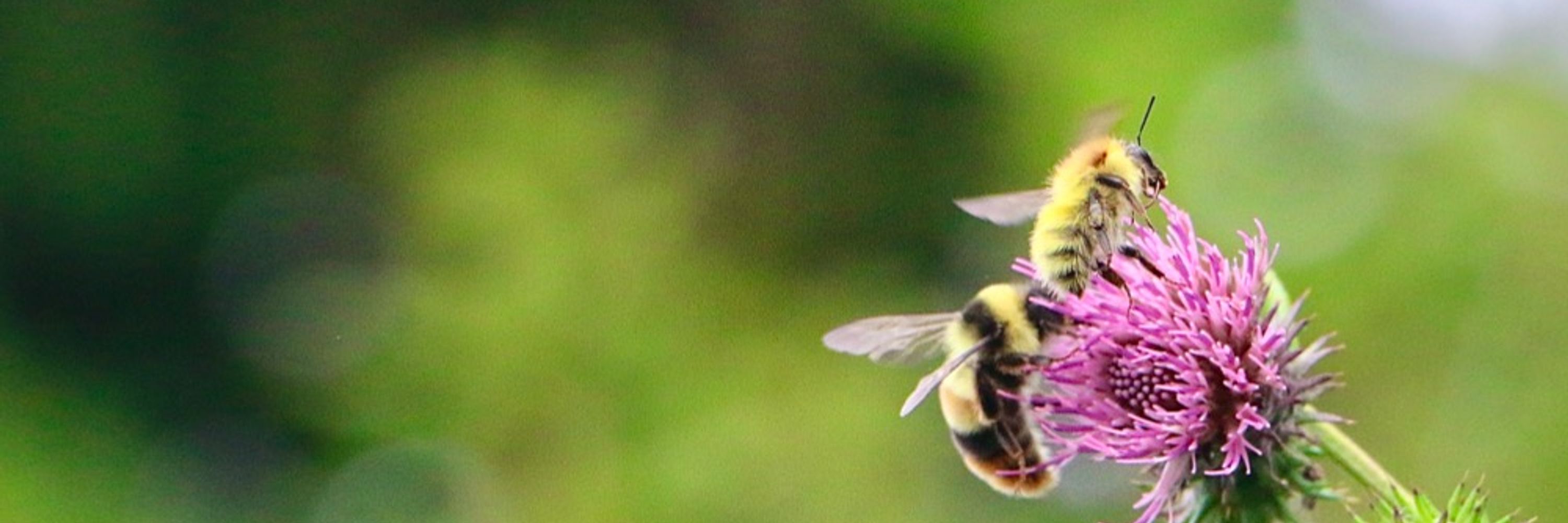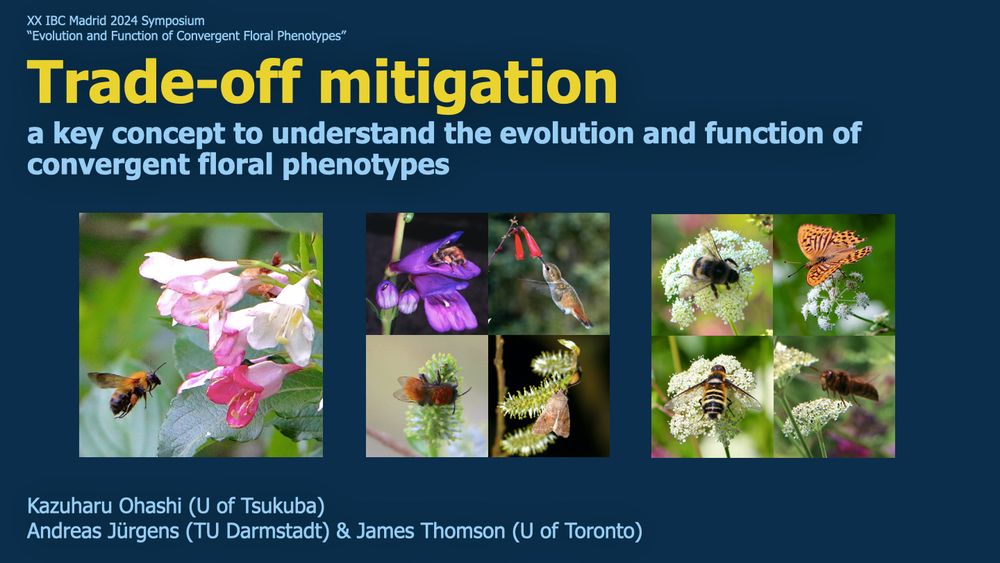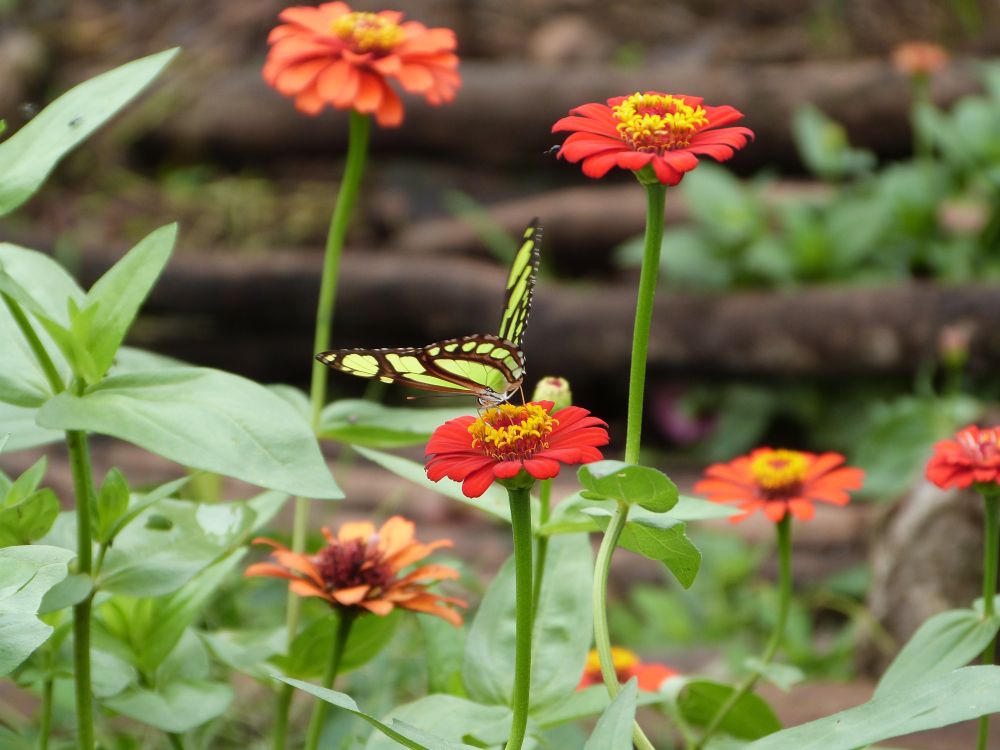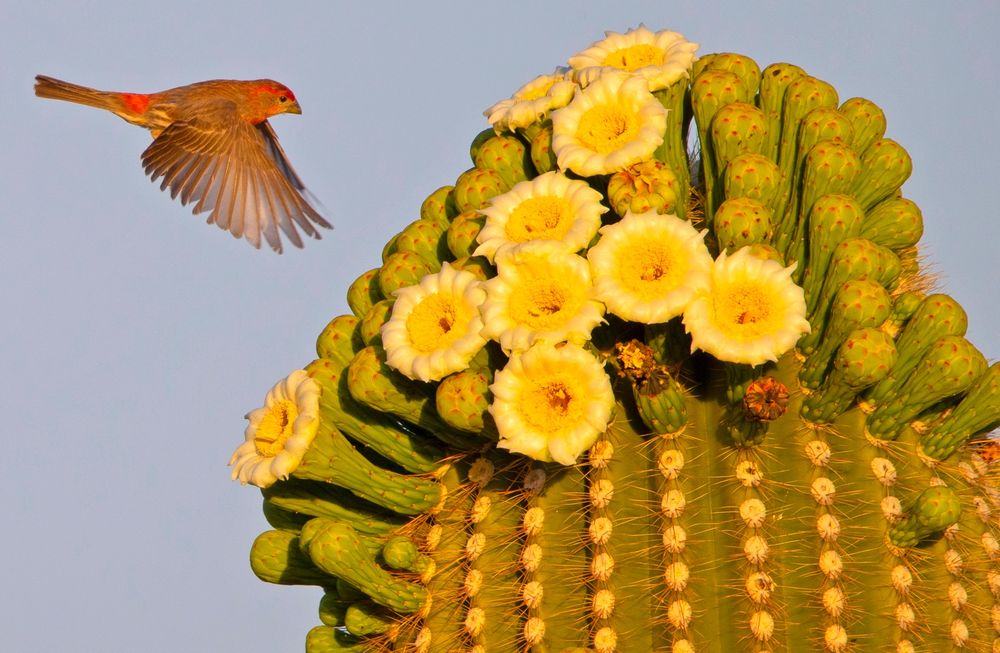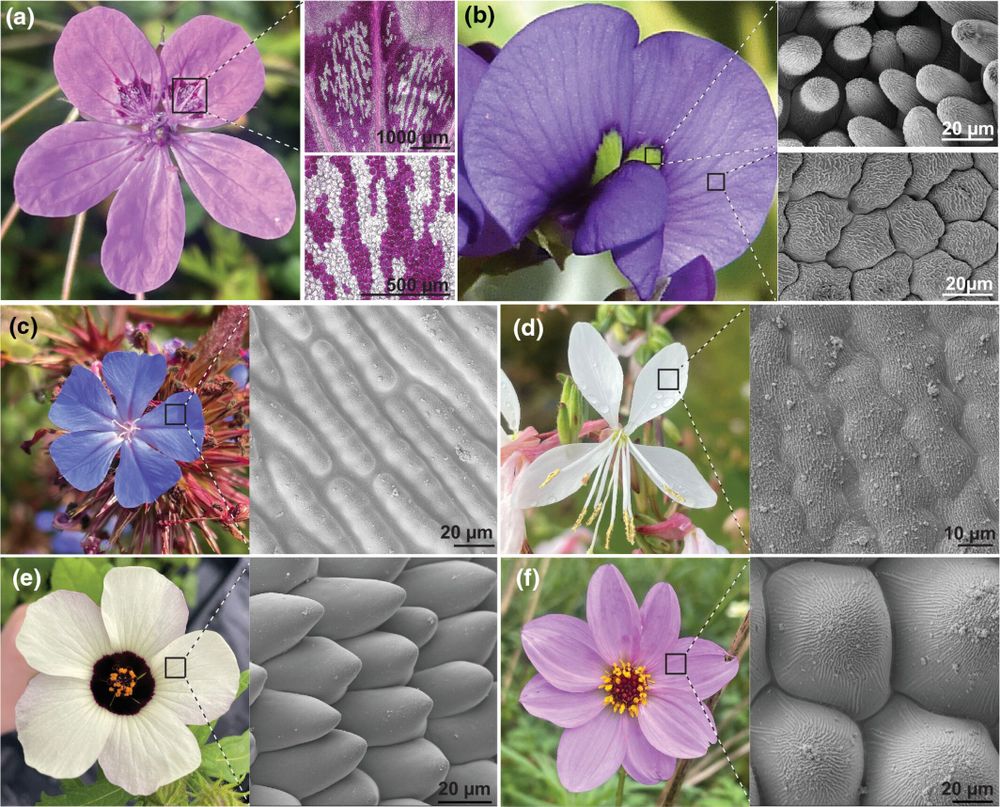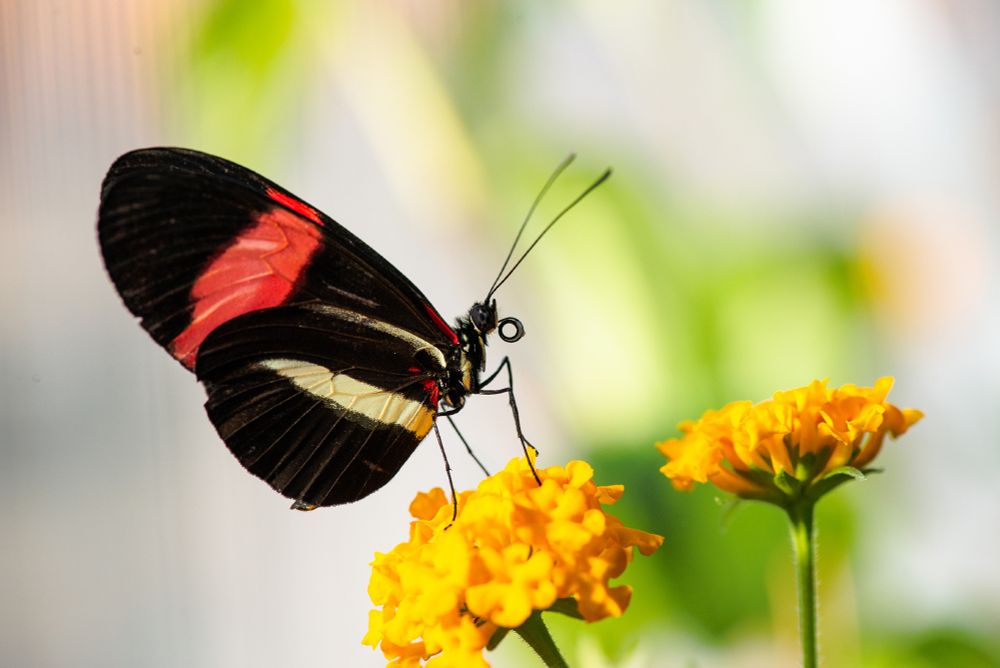Kaz Ohashi
@kazohashilab.bsky.social
820 followers
600 following
110 posts
Pollinator foraging behavior and its consequences for floral ecology and evolution | Assistant Professor @UofTsukuba | AE @jpollecol.bsky.social | ohashilab.com
Posts
Media
Videos
Starter Packs
Pinned
Reposted by Kaz Ohashi
Reposted by Kaz Ohashi
Reposted by Kaz Ohashi
Reposted by Kaz Ohashi
Reposted by Kaz Ohashi
Reposted by Kaz Ohashi
Dan Sloan
@sloanevolab.bsky.social
· Sep 8

Assistant Professor Plant-Microbe Interactions
We seek a creative, collaborative, and visionary plant biologist to establish an internationally recognized research program at the forefront of plant-microbe interactions aimed at understanding how t...
jobs.colostate.edu
Kaz Ohashi
@kazohashilab.bsky.social
· Aug 24
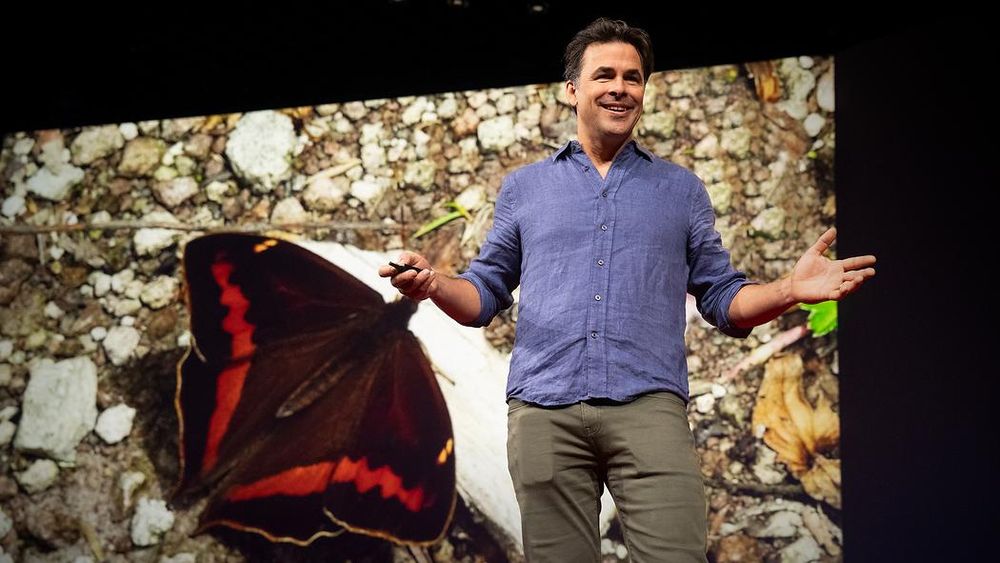
The surprising power of your nature photos
Scott Loarie has a challenge for you: go outside and take a picture of a living thing. He introduces the global community of people building a living atlas of the natural world by sharing their nature...
www.ted.com
Reposted by Kaz Ohashi
Reposted by Kaz Ohashi
Kaz Ohashi
@kazohashilab.bsky.social
· Aug 8
Kaz Ohashi
@kazohashilab.bsky.social
· Aug 8

Exclusion of bird pollinators impacts mating system and reduces offspring fitness in a pollination-generalist tree
AbstractBackground and Aims. Compared to pollinating insects and non-flying mammals (NFM), nectarivorous birds may display behaviours leading to greater po
bit.ly
Kaz Ohashi
@kazohashilab.bsky.social
· Aug 8

Exclusion of bird pollinators impacts mating system and reduces offspring fitness in a pollination-generalist tree
AbstractBackground and Aims. Compared to pollinating insects and non-flying mammals (NFM), nectarivorous birds may display behaviours leading to greater po
bit.ly
Reposted by Kaz Ohashi
Reposted by Kaz Ohashi
Reposted by Kaz Ohashi
Kaz Ohashi
@kazohashilab.bsky.social
· Jul 11
Kaz Ohashi
@kazohashilab.bsky.social
· May 25
Reposted by Kaz Ohashi
Kaz Ohashi
@kazohashilab.bsky.social
· May 12
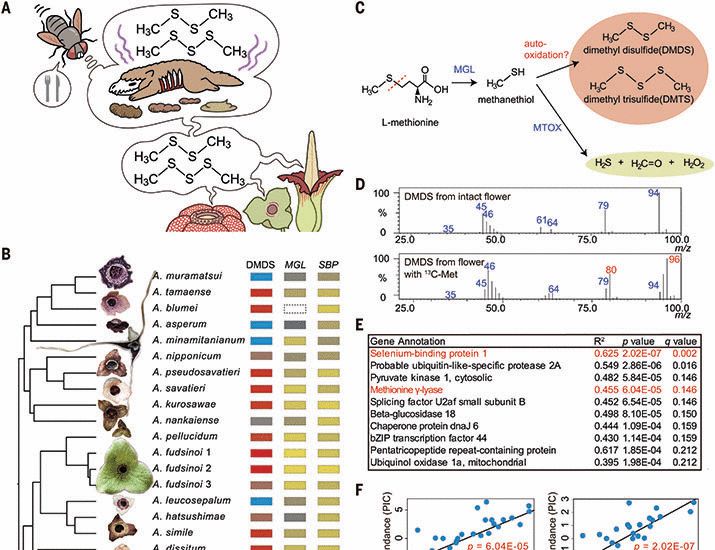
Convergent acquisition of disulfide-forming enzymes in malodorous flowers
Identifying the metabolic and genetic changes that confer evolutionary novelty is essential for understanding the factors facilitating or constraining the occurrence of traits. We show that dimethyl d...
www.science.org
Reposted by Kaz Ohashi
